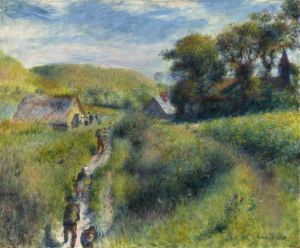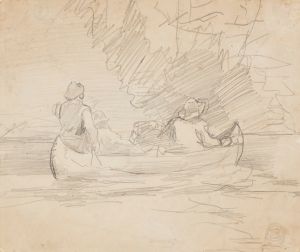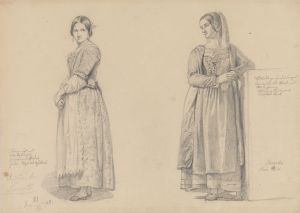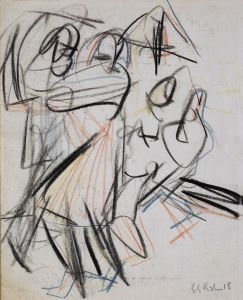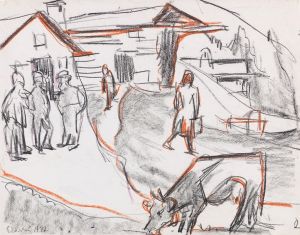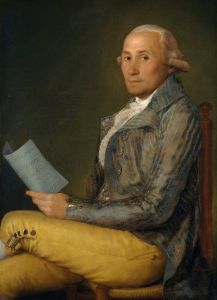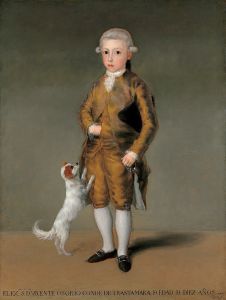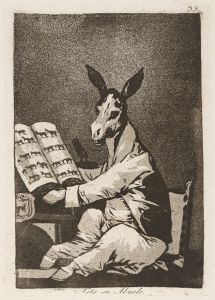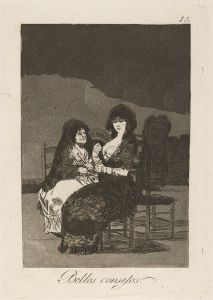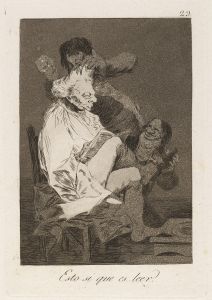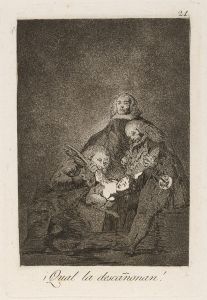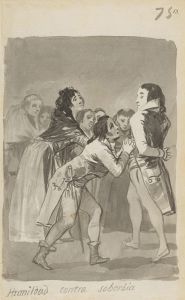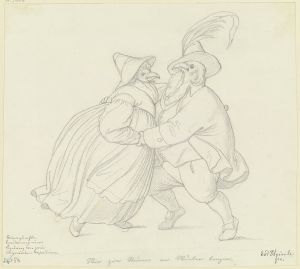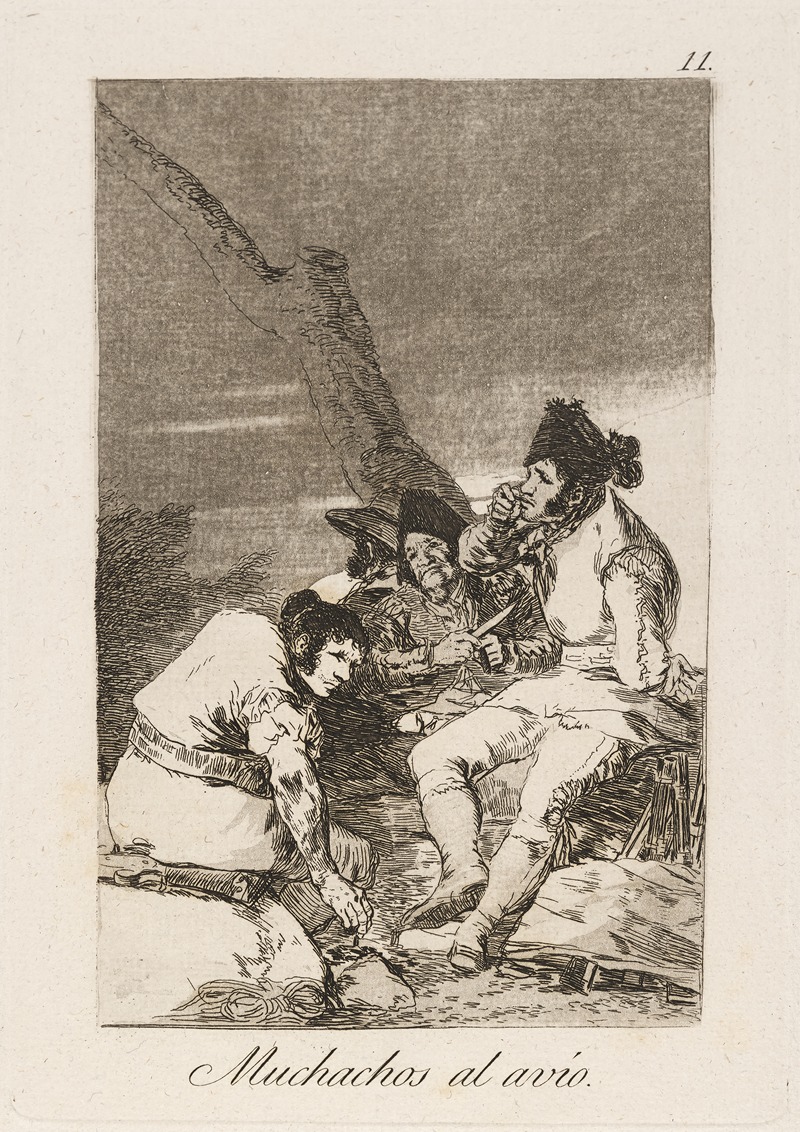
Muchachos al avío.
A hand-painted replica of Francisco de Goya’s masterpiece Muchachos al avío., meticulously crafted by professional artists to capture the true essence of the original. Each piece is created with museum-quality canvas and rare mineral pigments, carefully painted by experienced artists with delicate brushstrokes and rich, layered colors to perfectly recreate the texture of the original artwork. Unlike machine-printed reproductions, this hand-painted version brings the painting to life, infused with the artist’s emotions and skill in every stroke. Whether for personal collection or home decoration, it instantly elevates the artistic atmosphere of any space.
Francisco de Goya, one of the most prominent Spanish painters of the late 18th and early 19th centuries, created a vast array of works that capture the social and political atmosphere of his time. Among his extensive oeuvre is the painting "Muchachos al avío." However, detailed information about this specific work is limited, and it is not as widely documented or studied as some of his other masterpieces, such as "The Third of May 1808" or "Saturn Devouring His Son."
Goya's work often reflects the complexities of Spanish society, and he is known for his ability to convey deep emotion and critique through his art. His paintings, drawings, and etchings frequently explore themes of war, human folly, and the darker aspects of human nature. Goya's style evolved significantly over his lifetime, transitioning from the Rococo influences of his early career to a more expressive and sometimes dark Romanticism in his later years.
"Muchachos al avío" translates roughly to "Boys at Work" or "Boys Preparing," suggesting a scene involving young individuals engaged in some form of activity or preparation. While specific details about the painting's composition, size, and current location are not readily available, it can be inferred that, like many of Goya's works, it might capture a moment of everyday life or offer a glimpse into the social conditions of the time.
Goya's ability to depict scenes of daily life with a sense of realism and empathy is evident in many of his works. He often portrayed ordinary people, capturing their struggles, joys, and the nuances of their existence. This approach was somewhat revolutionary for his time, as it shifted focus from the idealized subjects of earlier art to more relatable and sometimes gritty depictions of reality.
Throughout his career, Goya was deeply affected by the political upheavals in Spain, including the Peninsular War and the subsequent changes in Spanish society. His art often reflects his personal responses to these events, blending personal expression with broader social commentary. This dual focus on the individual and the collective experience is a hallmark of his work.
While "Muchachos al avío" may not be as extensively studied or as famous as some of Goya's other paintings, it nonetheless contributes to the rich tapestry of his artistic legacy. Each of Goya's works offers insight into the mind of an artist who was deeply engaged with the world around him, using his art to explore and critique the human condition.
In summary, while specific information about "Muchachos al avío" is scarce, it is likely representative of Goya's broader themes and interests, capturing a slice of life from his era with the depth and insight characteristic of his work.





